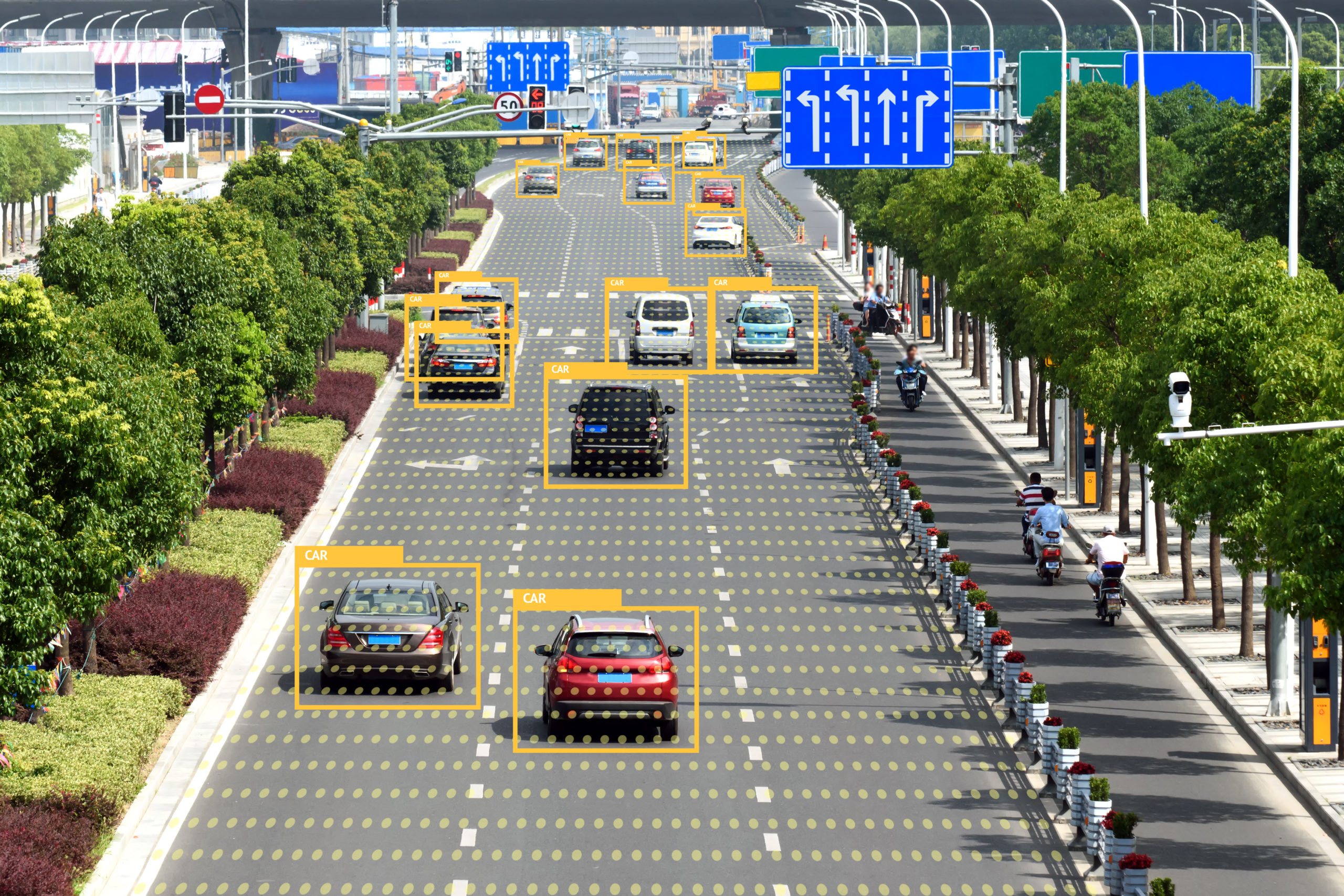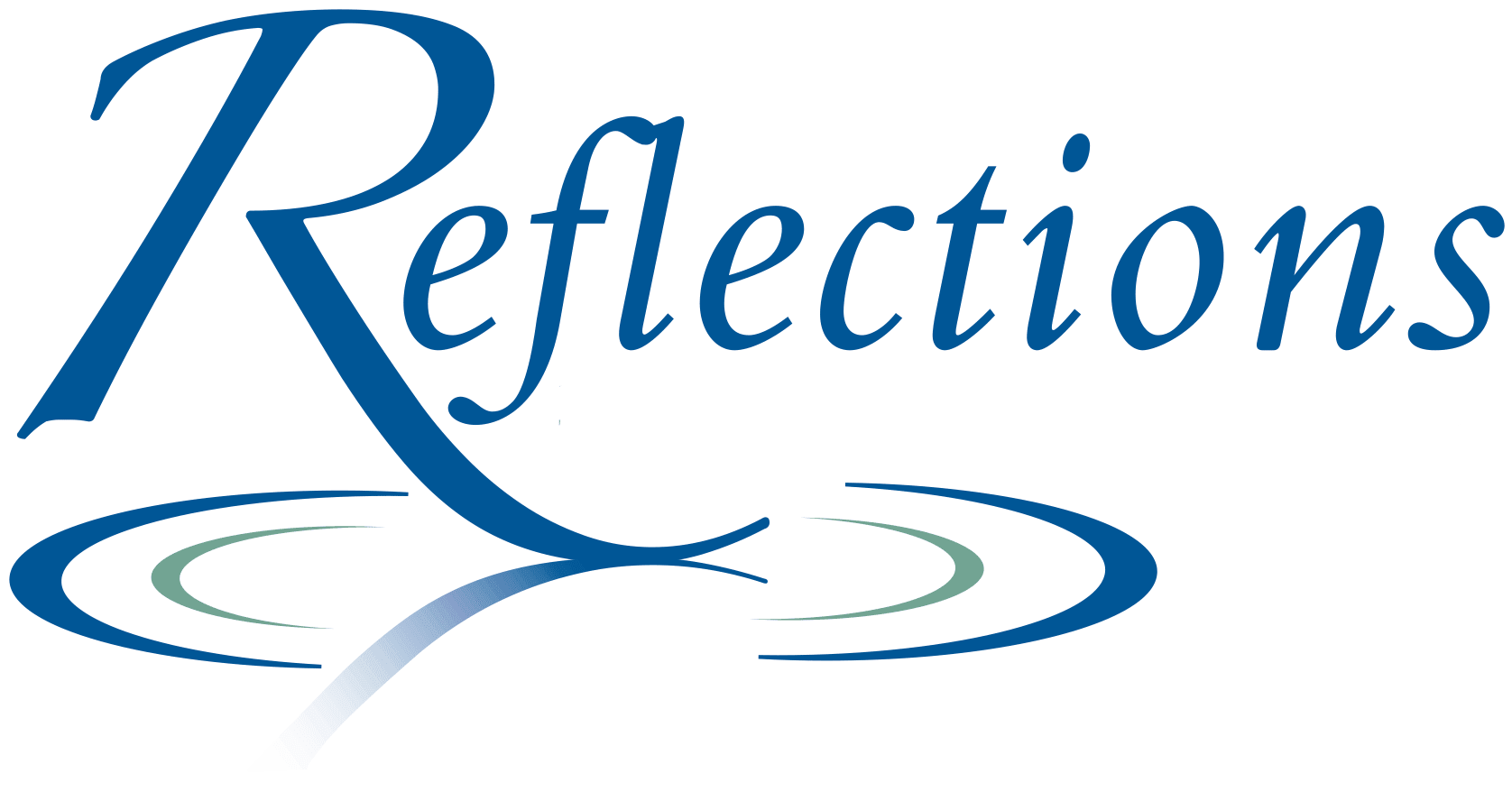Companies across all industries in today’s world of data, rely on artificial intelligence (AI) as well as machine learning (ML), to extract useful insights from vast amounts of data. Image annotation, which is a fundamental technique of computer vision, is a way to discern visual information. This article focuses on the subject of annotation on images and the importance of tools for annotating images, software and solutions to unlock the potential of data-driven decision making.

Image annotation is the process which involves labeling or tagging images by using metadata. This helps computers understand and interpret images accurately. Image annotation allows ML models recognize objects, patterns and attributes within images by adding annotations, such as bounding boxes or polygons. This technique bridges the gap between raw images and a measurable data, opening the way to a variety of applications, like autonomous vehicles, healthcare imagery, e-commerce, and even surveillance.
An array of annotation tools has been created to facilitate annotation. These tools have intuitive interfaces to allow annotators make notes on objects or areas that are of interest in images without difficult. These tools offer a vast range of annotation features and customizing options to accommodate diverse requirements for data. The image annotation tools are accessible in a range of options, including basic drawing tools, advanced shapes recognition, and automated annotation suggestions. This gives annotationists to work effectively and accurately.
Image annotation tools takes the annotation process to the next level by incorporating automation and collaboration features. These software solutions leverage ML algorithms to automatize the annotation process, reducing manual labor and increasing the speed of annotation. The software for annotation uses techniques such as active learning and transfer learning to speed up the process of labeling while still ensuring quality outcomes.
The annotation software allows for seamless collaboration amongst multiple annotators. It allows for real-time communication as well as annotation versioning, comments and other annotations as well as creating the environment for collaboration. This method of collaboration not just enhances the quality of annotations but helps to promote knowledge sharing and guarantees the consistency of annotations.
In choosing an image-annotation system be sure to take into account a number of aspects. First, it must be in line with the specific requirements of the particular project. These include the types of annotation (e.g. polygons and keypoints) and the complexity of task of labeling, as well as the scalability.
The flexibility and flexibility of the solution is crucial. A robust annotation system should be able to customize workflows for annotation and integrate with existing data management software. It must also be compatible with a variety of formats for data. This flexibility allows the annotation solution to seamlessly integrate with workflows and pipelines that are already in place and improve overall productivity.
It is also important to determine the accuracy of annotations the software produces. Reliable image annotation solutions employ quality control mechanisms to ensure accuracy and consistency in labeling. These may include checking the agreement between annotators, annotation validation, and continuous feedback loops that connect annotators and reviewers.
Image annotation has a far-reaching impact that extends beyond the annotation process. Organizations can increase the value of information by leveraging image annotating tools, solutions as well as software. First and foremost, accurate annotations enable the training and development of ML models with greater precision and resiliency. These models can then be used in various applications including image classification, object recognition and anomaly detection.
Image annotation can also be used to assist in making data-driven choices by providing meaningful and rich knowledge. Annotated medical images, as an example can be utilized in the healthcare industry for diagnosing diseases, identifying anomalies and determine the best treatment options. In the world of e-commerce, annotations on images assist in recommending products, image search, and visual marketing strategies.
Image annotation combined with data science has changed the way we work. It’s a powerful tool that unlocks a wealth of data. It accelerates data analysis and reveals hidden connections. Additionally, real-time insights are produced. By using image annotation, companies can improve their processes, get to market faster, lower costs, and gain a competitive edge. Annotated images are easier to read and useful for all stakeholders in any business because they allow for the visualization of concepts simpler than abstract figures. If used properly, image annotating is a powerful way to convert data into actionable insights and increase the value of every application.
